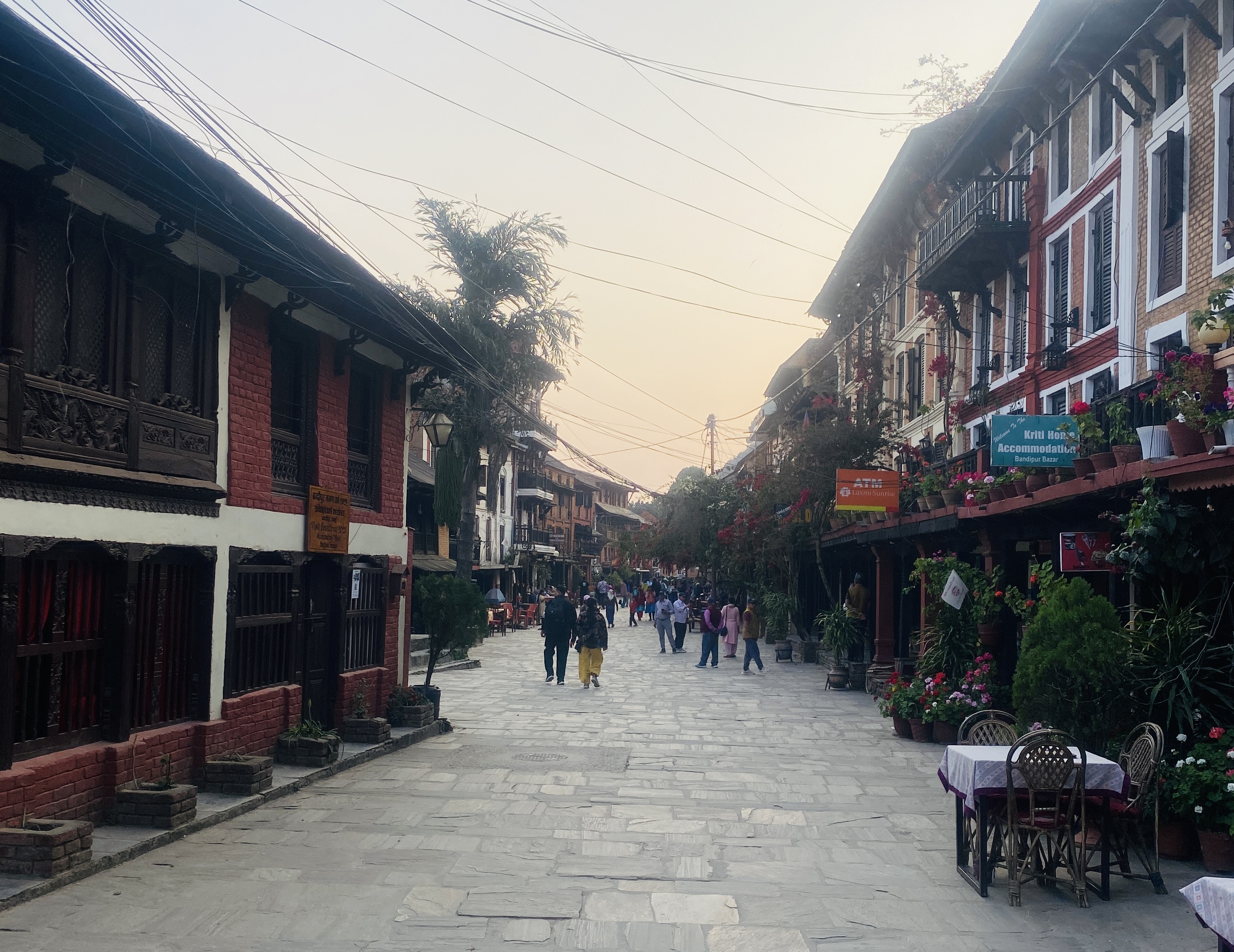Fashion is the second most polluting industry in the world

Kathmandu, Dec 3. Today’s apparel industry is not sustainable. After oil, fashion is the world’s second most polluting industry, and every stage of its value chain harms people and the environment. Inhumane working conditions and ineffective social protection plague much of its ecosystem; however, these issues are only the tip of the iceberg.
Nearly 92 million tonnes of clothes of the 100 billion clothes produced yearly make it to landfills of primarily Global South countries. If this trend continues, the emissions of the fashion industry are expected to rise by almost 50% at the turn of the century. The risk of emissions also comes with the risk of microplastics linked with nylon and polyester fabrics. To put figures into perspective, garment manufacturing accounts for 9% of the planet’s microfiber contamination.
Additionally, on a psychological level, fast fashion aggravates eating disorders, body dysmorphia, and financial distress, among other issues. The industry also reeks of child and cheap labour in Bangladesh, India and China. Consumers must question the fashion industry’s ethos before purchasing any clothing article.
The recent global pandemic, violent regional conflicts, and skyrocketing inflation have halted or reversed decades of progress toward sustainable development. Over 125 million full-time jobs were lost in 2021, with women losing a disproportionate share due to a lack of childcare and an additional 95 million people living in extreme poverty. The increase in unemployment has made us more susceptible to severe challenges and difficulty building a better future. So, keeping this emerging problem in mind, the theme of the Hult Prize 2022 was set, “Getting the World Back to work.”
On that note, this year, seeing the harmful practices in the fashion industry, Hult Prize has set the theme of 2023, “Redesigning Fashion”. Hult Prize invites you to create and build a business that stands for something good that aligns with the United Nations Sustainable Development Goals and positively impacts one or more critical stages of the fashion value chain. Then you will need to assemble a winning team to research the potential of your brilliant idea and shape it into a profitable, high-impact business.

Govt. once again asks social media platforms for registration

TECNO unveils Starry Optical fiber technology at CES 2025

RealHRsoft Revolutionizing HR Management with Automation and Strategy

Europa Clipper: AI-Powered search for life beyond Earth

TikTok removes 6,078 videos

LBEF marks its 26th anniversary

OPPO A3 hits Nepali market







Feedback